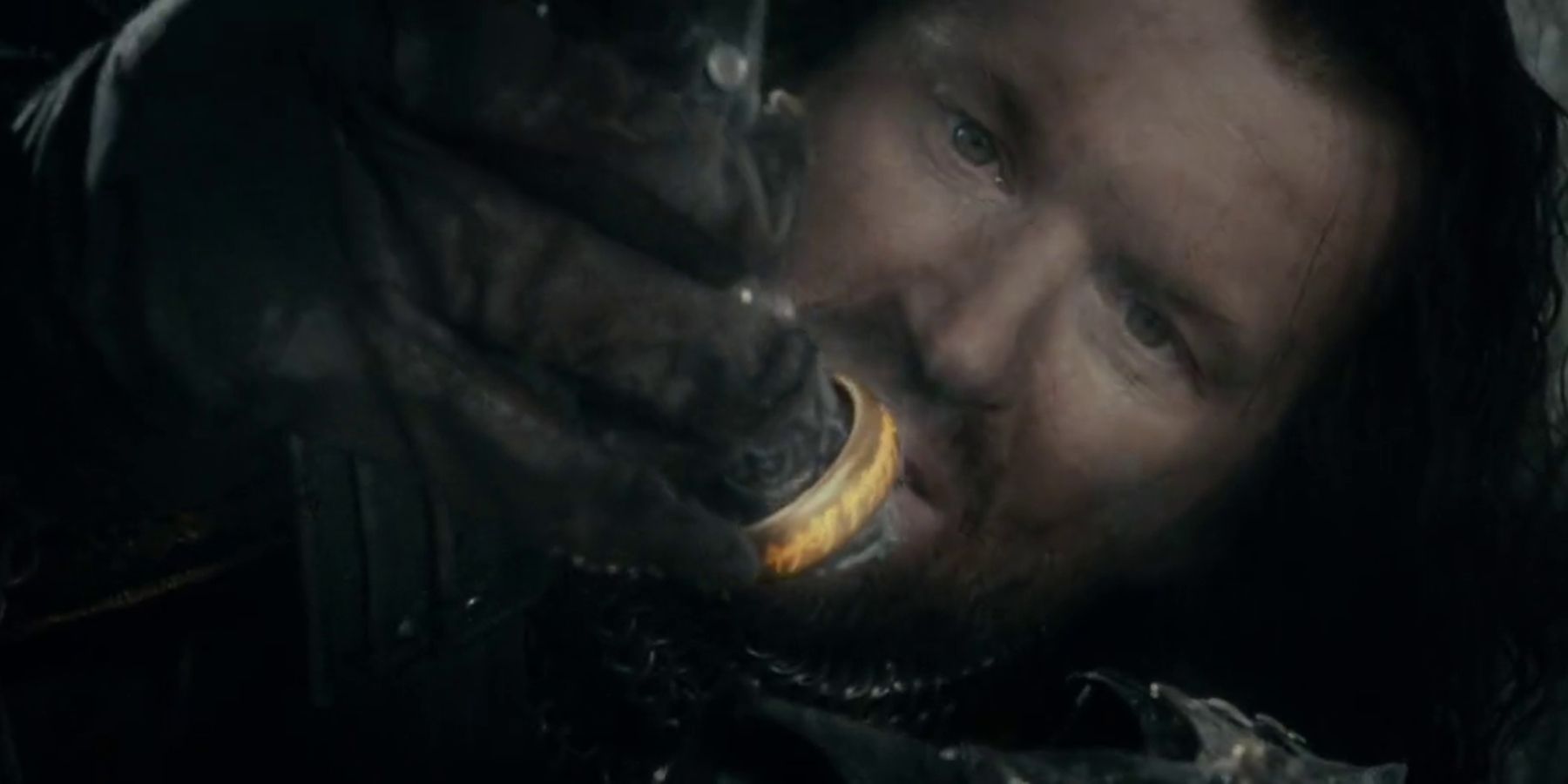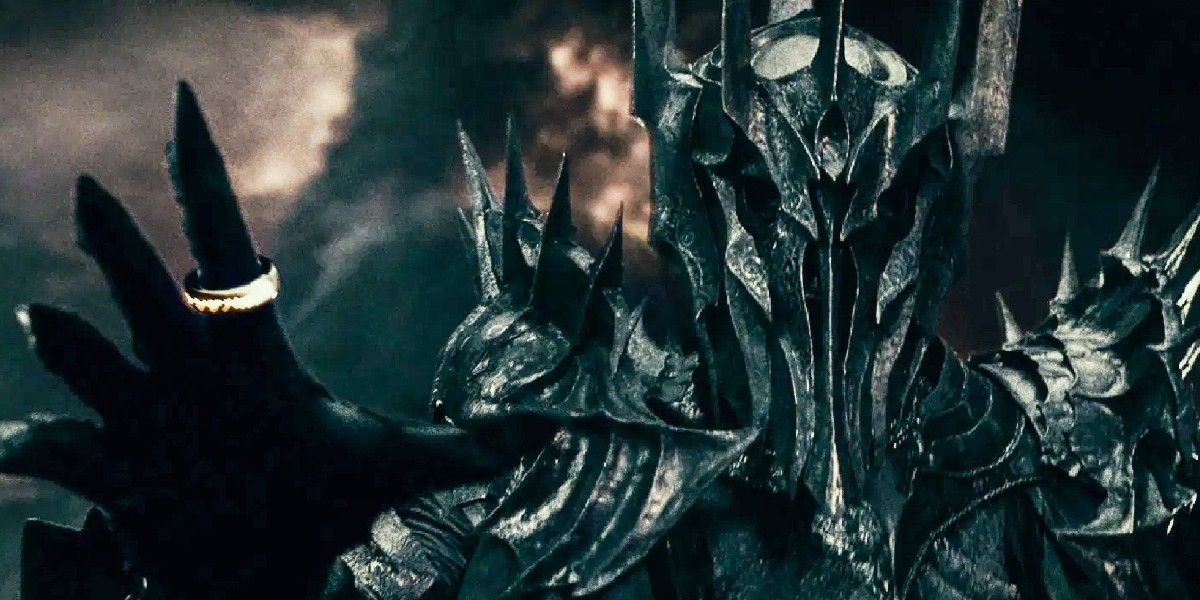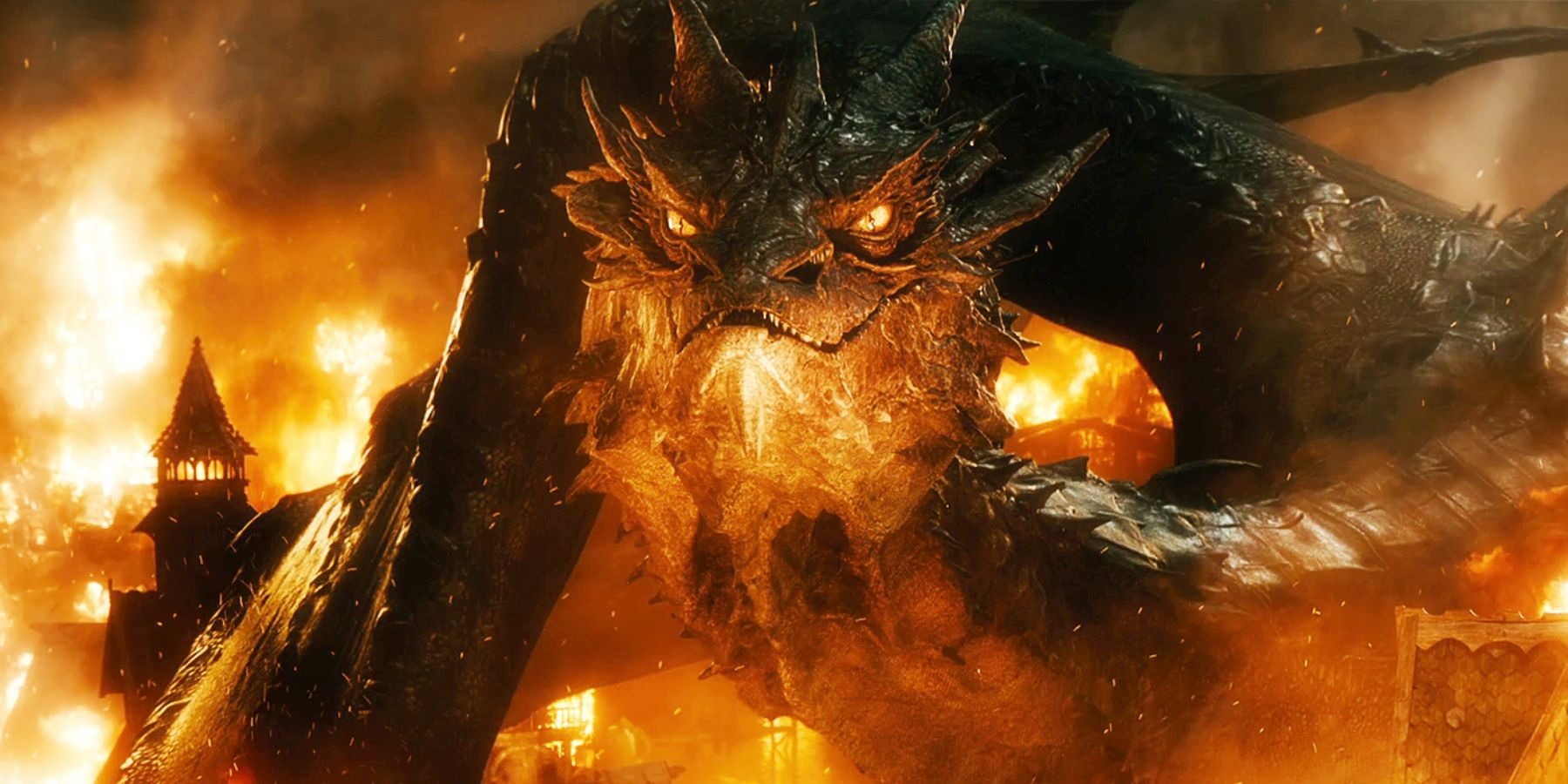
The Tragic Tale of the Gladden Fields: Unveiling the Untold Story of LOTR

The Cataclysmic Battle at Gladden Fields: Unveiling the Tragic Loss of the One Ring, forever altering Middle-earth's fate
The One Ring stands out as one of the most unforgettable magical objects in fictional history. In many fantasy stories, there is usually a notable item like a MacGuffin, a gleaming sword, or a mystical key that the heroes relentlessly pursue. However, the Ring takes the spotlight as the supreme example. Its journey plays a crucial role in the narrative, despite long periods of relatively uneventful travel. This is due to Sauron's tight grip on its power and Gollum's enduring obsession. The Ring lingered for more than 2,400 years in a riverbed, primarily because of the Disaster of the Gladden Fields, the event that led to its abandonment.
What adds to the allure of The Lord of the Rings is the intriguing inclusion of war history. With its vast complexity, Tolkien's opus has something for every fan to appreciate. Some enthusiasts may delve into the intricacies of troop movements and the diverse array of weaponry, allowing them to closely follow the battles from the perspective of the warriors involved. While certain aspects of the conflict may seem more logical than others, each contributes to the rich tapestry of the story.
What is the Disaster of the Gladden Fields?
Isildur rose to heroism during the war known as the Last Alliance. His father, King Elendil, wielded the renowned sword, Narsil. When Elendil perished on Mount Doom, Isildur took hold of the remnants of the blade to vanquish Sauron. With the broken sword, he severed Sauron's fingers and claimed the Ring, banishing Sauron's spirit. Isildur should have destroyed the Ring, but its allure tempted him. Bearing the title of King of Gondor and Arnor, he retained possession of it. However, Isildur's reign was short-lived. After spending two years in Gondor, addressing matters and regaining territory, he led his men back to seek guidance from Elrond and reunite with his family. Tragically, a group of Orcs had taken refuge in the Misty Mountain passes. Initially hidden from Elendil's forces at the onset of battle, they were now eager for confrontation. Encountering Isildur's troops marching at Gladden Fields, the Orcs launched an attack.
With Isildur at the helm, the Dúnedain forces found themselves caught off-guard. Surrounded by Orcs who claimed the advantageous high ground and outnumbered them significantly, the Dúnedain fought back. Utilizing their formidable bows and defensive formation, they managed to slay many Orcs. However, as the Orcs launched subsequent assaults, cracks began to emerge in the Dúnedain's defense. The men perished in large numbers as their defenses faltered under the overwhelming Orc horde. While two hundred Dúnedain fought valiantly against one to two thousand Orcs, more than half of the Orcs were slain. Only three men survived, yet Isildur was not among them. Desperate to evade capture, Isildur wore the Ring and made an attempt to flee. Unfortunately, he was forced to cross a treacherous river, where he became entangled in reeds and rushes, causing the Ring to slip from his finger. Tragically, an Orc ended his life with a fatal shot, while the Ring sank into the riverbank. It remained hidden there for 2,461 years until a hobbit named Déagol retrieved it while fishing.
When did the Disaster of Gladden Fields take place?
The disastrous events at Gladden Fields took place during the second year of the Third Age, marking one of the early significant changes in the world. After Sauron's defeat in the War of the Last Alliance, which signaled the end of the Second Age, the people of Middle-Earth were subjected to the immense horrors of the Gladden Fields disaster. Nonetheless, amidst the devastation, a silver lining emerged. Isildur's demise resulted in the division of Gondor and Arnor, requiring many years for Arnor to recover under the eventual rule of Isildur's distant descendant, Aragorn II Elessar.
As a consequence of Isildur's death, the Ring eluded Sauron's clutches and remained beyond the reach of the Keepers of the Three, who could have safeguarded it for a considerable duration. Instead, the Ring found itself concealed in the depths of a riverbed, an unlikely hiding place where no one would ever conceive of searching.
Who was involved in the Disaster of the Gladden Fields?
Isildur, the most unforgettable figure of the Disaster, was not the sole remarkable name. Among the casualties of the battle were three of Isildur's four sons, including their father. Taking the throne of Arnor, Isildur's youngest child, Valandil, secured his place as ruler. Despite the catastrophe at the Gladden Fields, three brave warriors of the Dúnedain managed to survive. Isildur's squire, Ohtar, courageously fled when the Orcs attacked in order to safeguard Narsil. This selfless act led to Valandil inheriting the legendary blade, which was then passed down through generations until it was reforged as Andúril. Accompanying him on his journey was an unnamed comrade. Lastly, Estelmo, the squire of Isildur's son, miraculously emerged alive from a heap of bodies. He recounted the tale of the Disaster to the Woodmen, who successfully repelled the attacking Orcs.
The tragic event known as the Gladden Fields Disaster marked the starting point of the War of the Ring, silently igniting the conflict. Isildur's bravery and intelligence were thwarted when a band of Orcs ambushed him in the hills. The only silver lining in this catastrophe was the absence of the Ring. Perhaps Middle-Earth would have been a more prosperous realm if the Ring had disintegrated into dust at the river Anduin's depths. The name "Disaster of Gladden Fields" aptly reflected the true extent of this event.
















